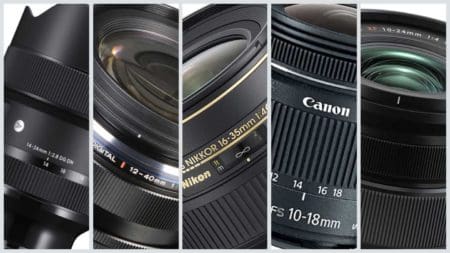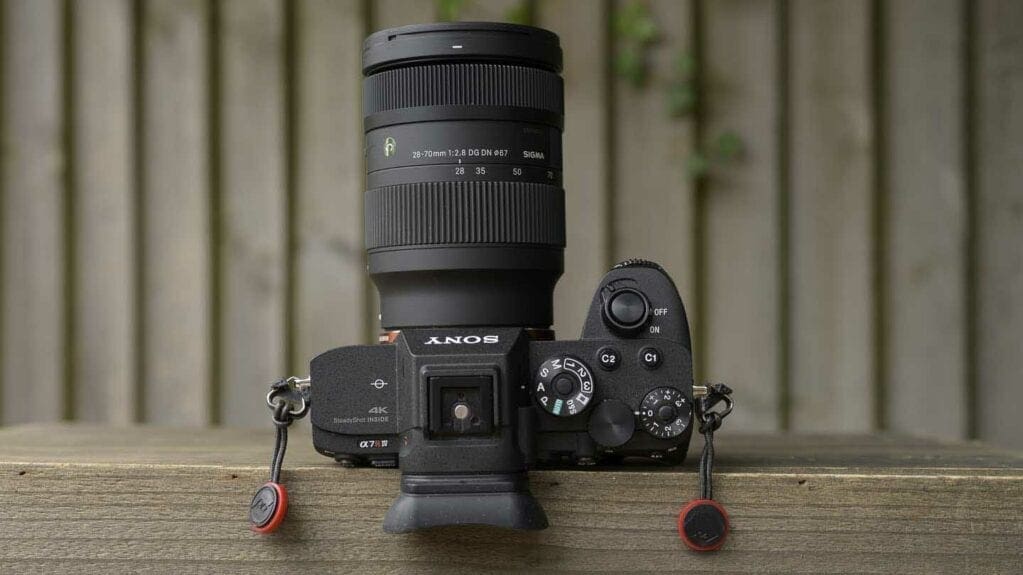I tested the Sony E mount version of the Sigma 28-70mm F2.8 DG DN Contemporary on the 50Mp Sony A1 and 61Mp Sony A7R IV, and it’s clear it can resolve and high level of detail. It’s sharpest at the widest end of the zoom range and when stopped down to f/5.6, but it’s still good at f/2.8.
If you’re pixel-peeping you’ll spot that the 70mm end is a little softer than the wider end and the impact of diffraction at f/22 is more apparent. At 70mm, it’s best to use the 28-70mm F2.8 DG DN C at between f/4 and f/16, but I’d happily shoot wide-open to isolate a subject from the background.
Naturally, the sharpness level falls off towards the corners of the image, but it’s not excessive. Again, it’s more noticeable at 70mm than at 28mm, at which it’s pretty subtle. Closing down to f/4 improves the corner sharpness.
Sigma has created in-camera and post-capture correction profiles for the 28-70mm F2.8 DG DN C. If the profile isn’t turned on in-camera, corner shading is apparent at every focal length when the aperture is wide open. Closing down to f/4 improves the vignetting markedly and reducing the aperture to f/5.6 almost eliminates it completely.
Alternatively, activating the in-camera and post-capture correction profiles avoids the vignetting issue altogether. If I were to be pedantic, I’d mention that at the widest apertures the corners look a tiny fraction too bright, but not so much that you’re likely to notice it in normal photography.
The correction profiles also do a very good job of correcting the curvilinear distortion from the lens. Without them, if you photograph a subject with lots of straight lines at the 28mm end, there’s clear barrel distortion. Zooming to 35mm makes the barrel distortion much less obvious and at 50mm and 70mm, there’s similarly subtle pincushion distortion. With the correction profile turned on in-camera or applied post-capture in Adobe Camera Raw or Lightroom, any straight lines look just as they should.
I spotted the occasional hint of chromatic aberration along a few high contrast edges when the correction profiles were turned off, but they disappear when the profiles are turned on.
As well as enabling fast shutter speeds to be used in low light, a key reason for opting for an f/2.8 lens is to enable background blur. At f/2.8, the 28-70mm F2.8 DG DN C renders out of focus areas naturally soft and small highlights are rounded rather than nonagonal.
Sigma’s decision to use a single AF element and a stepper motor ensure that the 28-70mm F2.8 DG DN C focuses quickly and quietly. It’s not quite silent, but it’s very close and it’s unlikely that a camera-mounted microphone will pick up any focusing sound in most outdoor environments.
In addition, focus breathing is controlled very well and the framing remains constant as the focus distance changes.
The lens is also compatible with Sony’s Eye AF system, which in the A1 can be set to detect humans, animals or birds.










